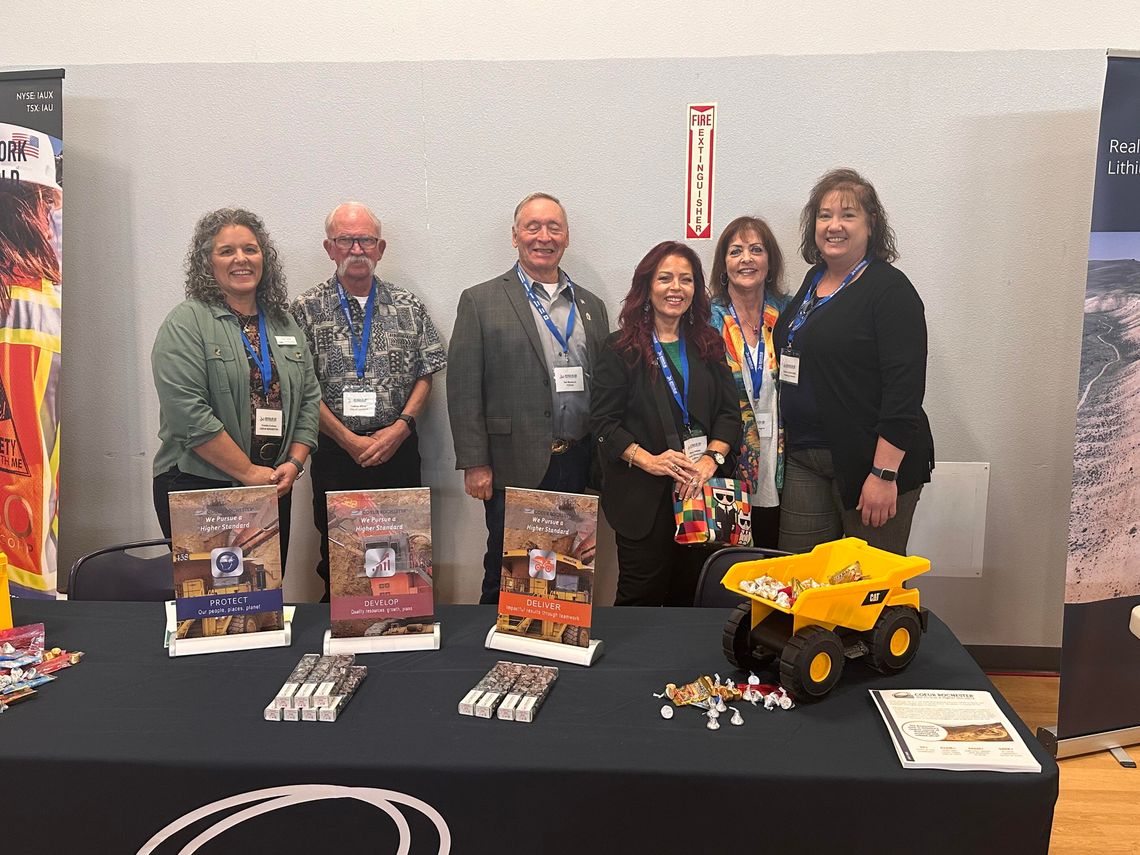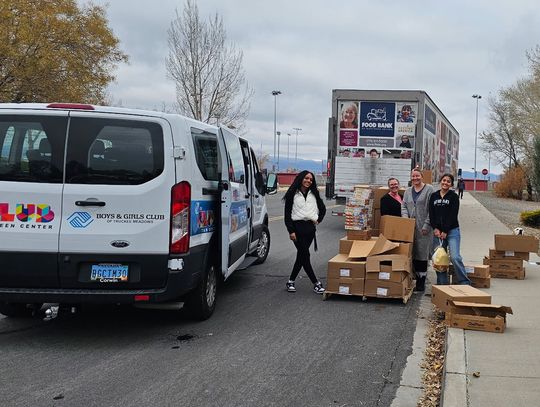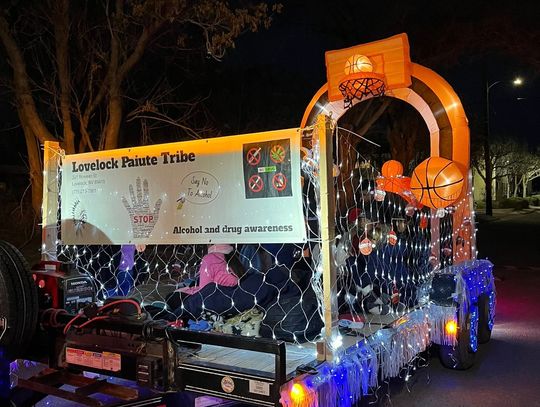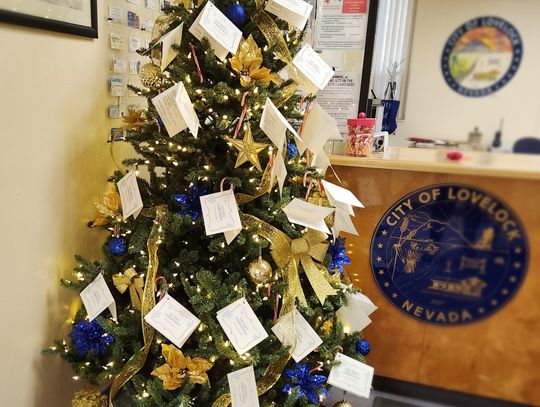Hosted by the 95-80 Regional Development Authority, the forum drew participants from Humboldt and Pershing counties, the Governor’s Office of Economic Development (GOED), mining and manufacturing companies, and local institutions, including Great Basin College and Humboldt General Hospital.
Speakers opened with a recurring theme: sustainable housing is the linchpin for regional growth. As new mining, manufacturing, and logistics projects move forward across Humboldt and Pershing counties, leaders said expanding housing stock must remain a top priority.
GOED Director Tom Burns emphasized that Nevada’s ability to attract and retain a skilled workforce depends on livable communities, not just available jobs. “We need to expand community capacity in order to help our major employers and businesses survive and thrive,” he said.
Local development agencies echoed that message, highlighting ongoing efforts to secure land, grants, and partnerships for multi-unit housing projects. The City of Winnemucca’s housing efforts and coordination with Nevada Rural Housing were cited as examples of how small jurisdictions are stepping up to meet workforce housing needs.
Mining continues to anchor the region’s economy, with several speakers spotlighting major lithium and rare-earth mineral projects now in motion along the 95–80 corridor.
Lithium Americas and Jindalee Resources representatives outlined timelines for exploration and permitting at their sites, projecting feasibility studies by 2027 and construction as early as 2028. One executive described their deposit as a “60-year resource with the potential to span multiple generations,” underscoring the need to plan infrastructure and community amenities that can support long-term growth.
They also discussed potential byproducts, such as magnesium, an element with no current U.S. producers, and the possibility of Nevada-based processing to strengthen domestic supply chains.
Speakers noted that while mining operations inevitably bring environmental and social impacts, companies are working closely with local and tribal partners to minimize disruption and share benefits through employment, training, and contracting opportunities.
If mining fuels the economy, workforce development is what keeps it running. A lively panel on education and labor featured Great Basin College, Humboldt General Hospital, and MDMC, a new private training venture launched by Lowry High School educator Scott Santos.
Great Basin College’s Abigail Goya described how the college has expanded programs in diesel technology, industrial maintenance, and automation at its new Winnemucca Industrial Tech Center. With support from state grants and industry partners, the college expects to credential more than 250 students in high-demand trades over the next four years.
Humboldt General Hospital CEO Robin Edwards shared how healthcare serves as both an essential service and an economic driver, employing over 450 people locally. “We’ve chosen to put our primary focus on retention and growing our own workforce through creative, long-term, sustainable strategies,” she said.
Santos outlined MDMC’s business model for intensive 40-hour industrial training sessions designed to upskill workers without pulling them from operations for long stretches. His program, he said, will “inject skills and knowledge directly into the regional workforce” while partnering with educators and retired professionals to keep expertise local.
Panelists agreed that engaging youth early and building career pathways close to home are crucial to keeping talent in rural Nevada. “We want our families to stay local, have good jobs, and give back to the community,” Goya said.
Beyond the major employers, state and local leaders stressed the importance of nurturing small businesses and strengthening local supply chains.
Burns said GOED is working with federal partners to secure grants for infrastructure and entrepreneurship through programs like Main Street Nevada, Community Development Block Grants, and the Apex Accelerator initiative. These efforts, he said, “help small businesses access federal, state, and local contracts that might otherwise feel out of reach.”
Examples from other rural towns, including Wells’ small-business incubator and new public art programs, illustrated how creative local projects can spark economic vitality.
Forum Chair Michelle Hammond and 95-80 RDA President Pat Gray closed the event by emphasizing cooperation across county lines. “These community groups and boards are communicating every day,” Hammond said. “We’re looking out for each other and building the partnerships that make real progress possible.”
With mining, housing, education, and healthcare all moving in tandem, northern Nevada’s future will depend on how well those sectors continue to work together. “Every time we expand opportunity for a Nevada family,” Burns said, “we don’t just create a job, we build a stronger community.”











Comment
Comments